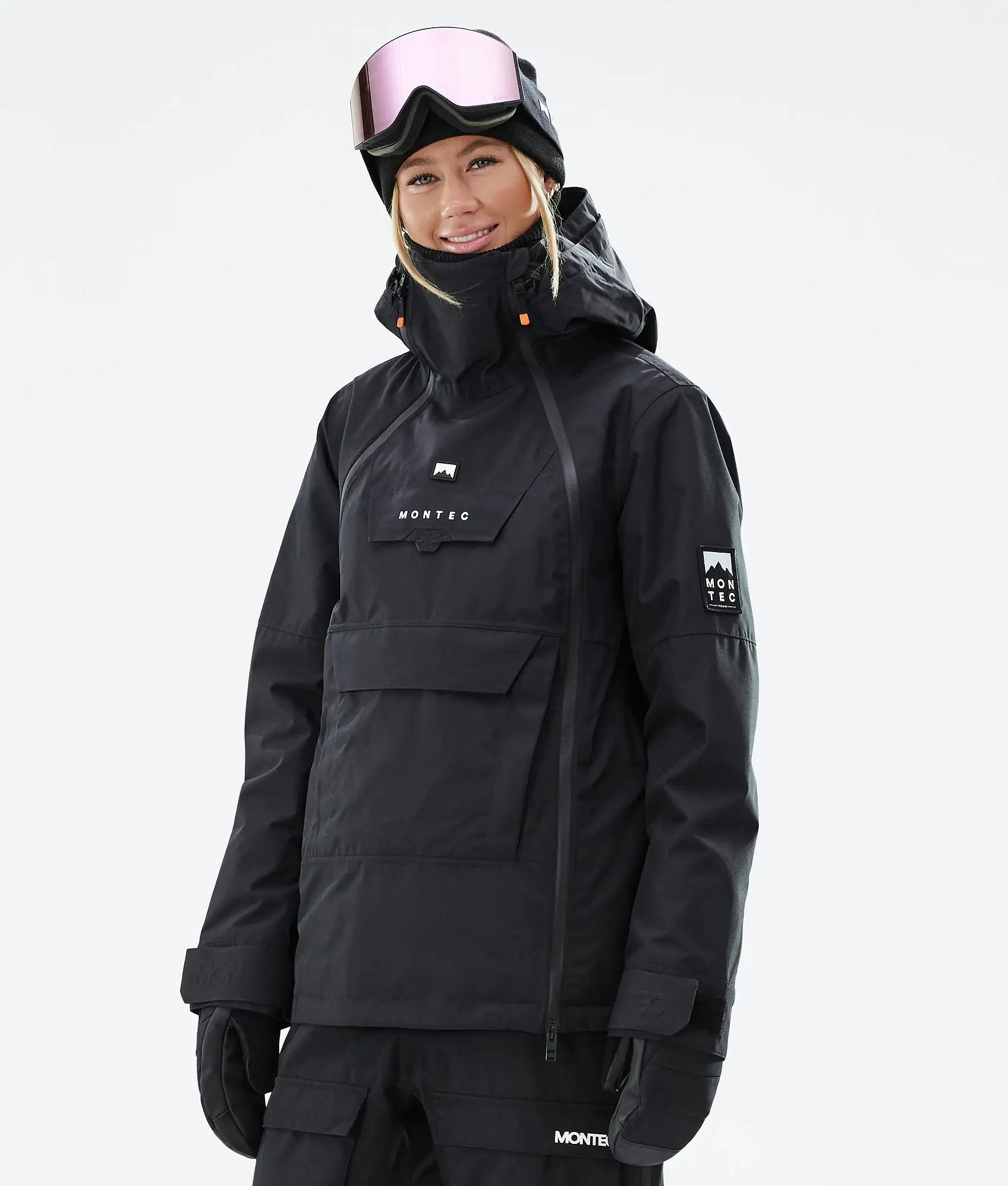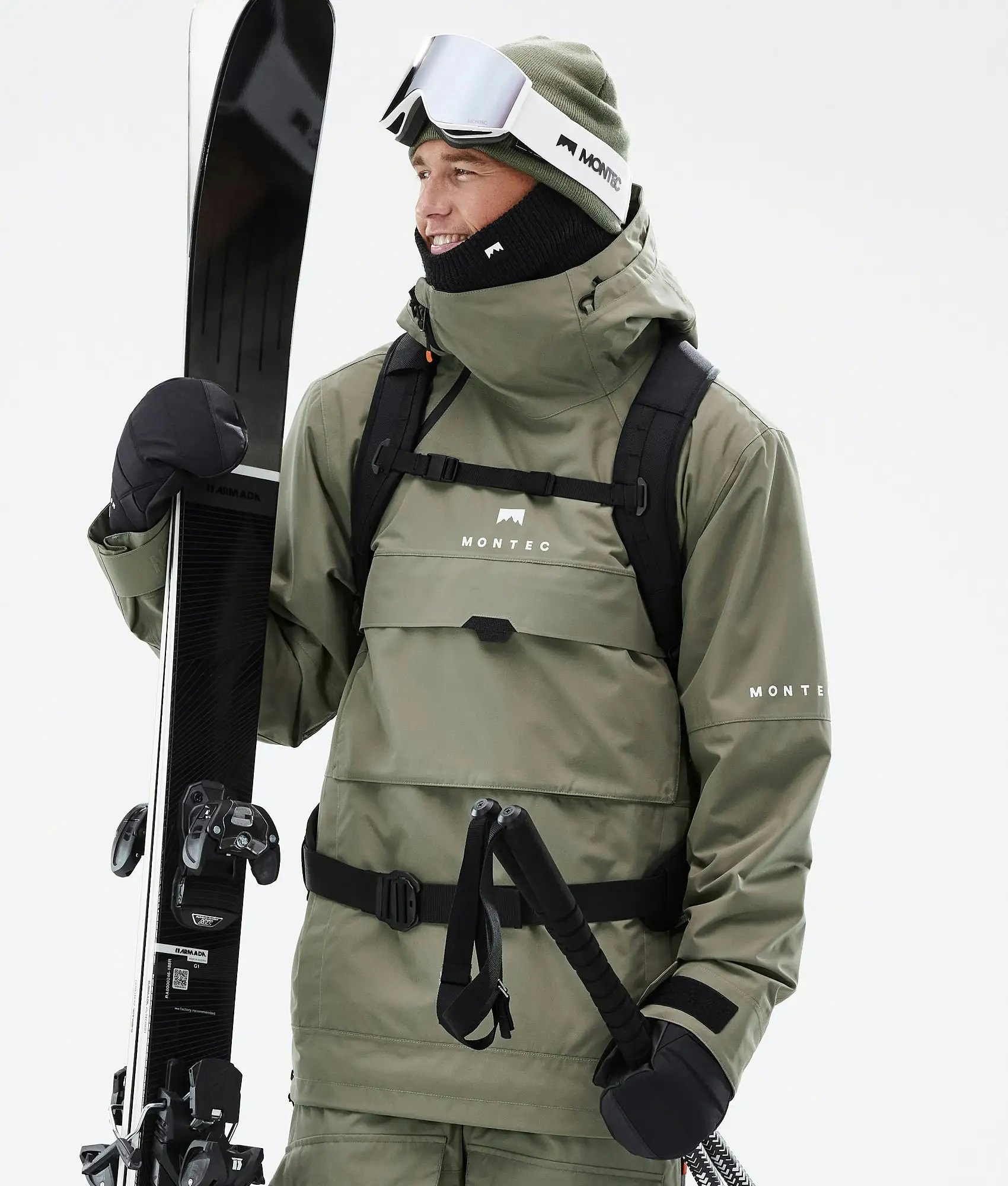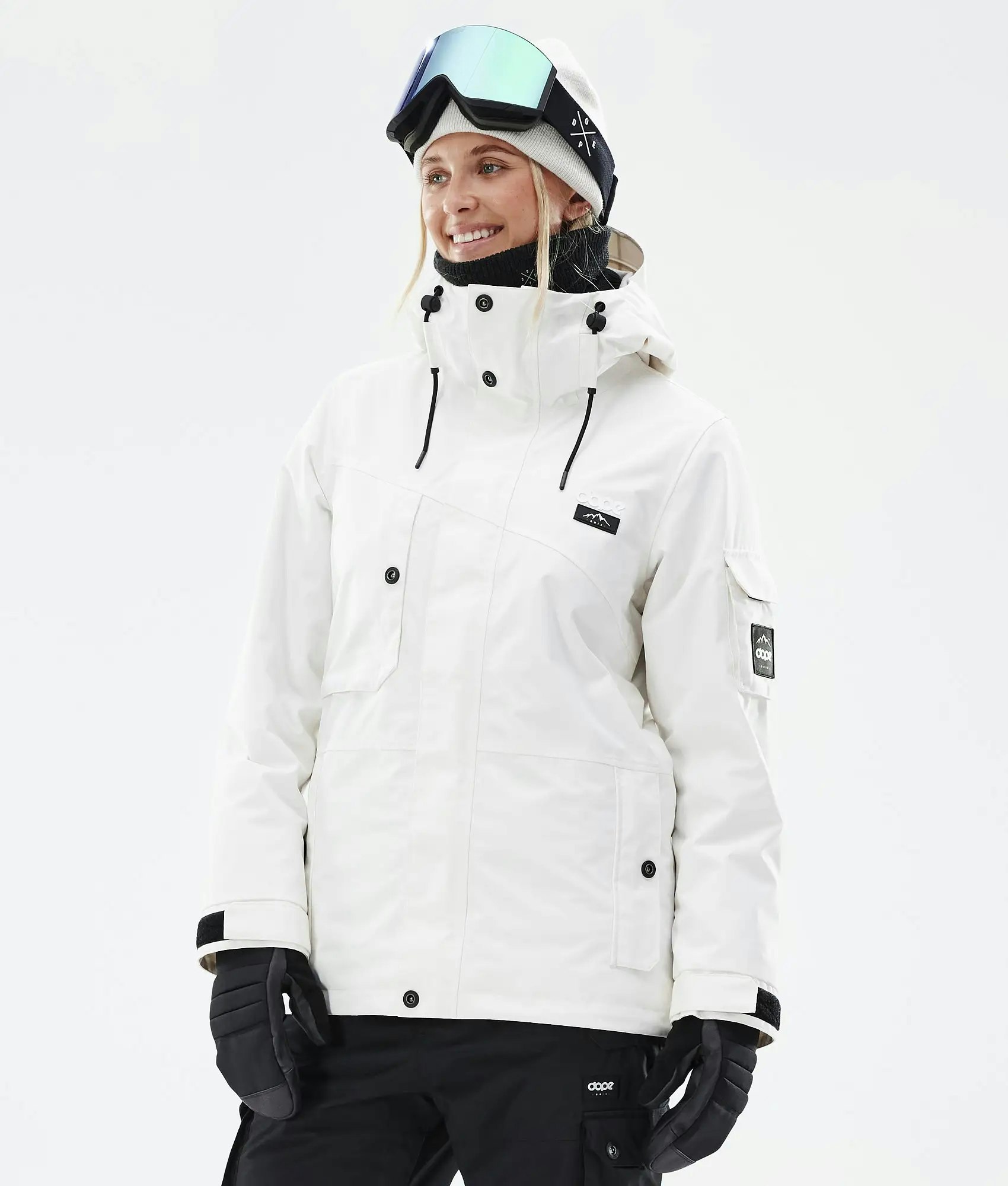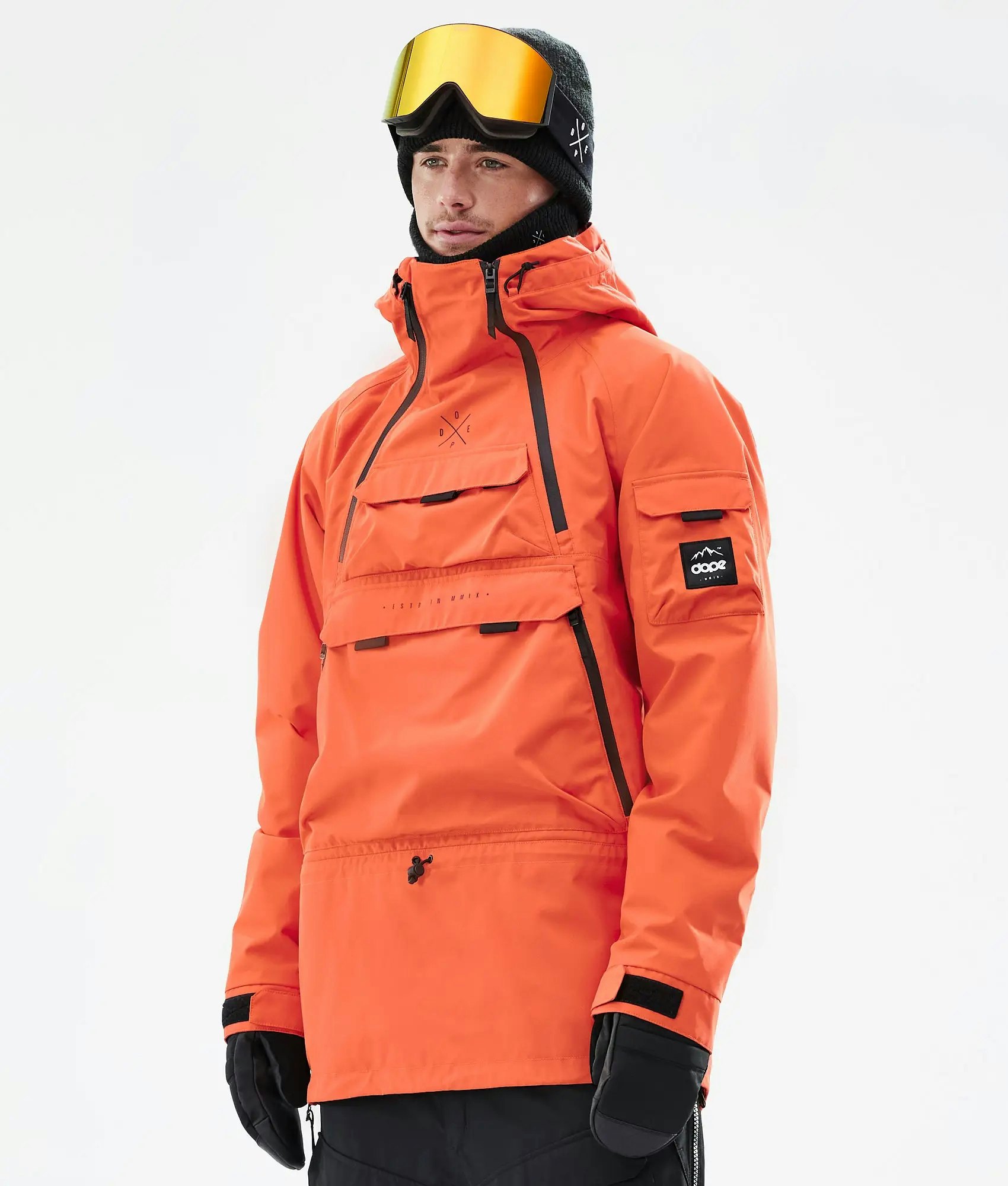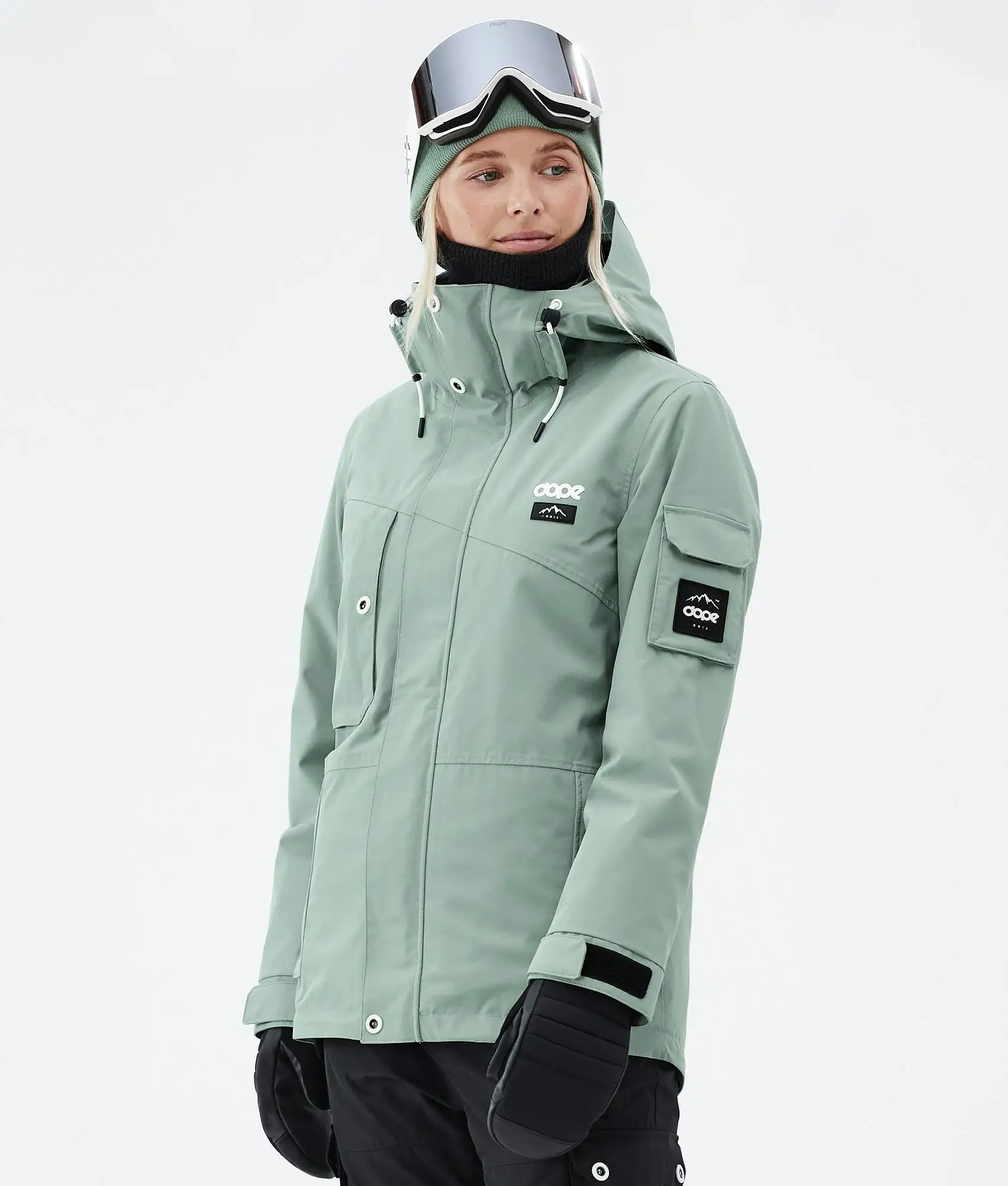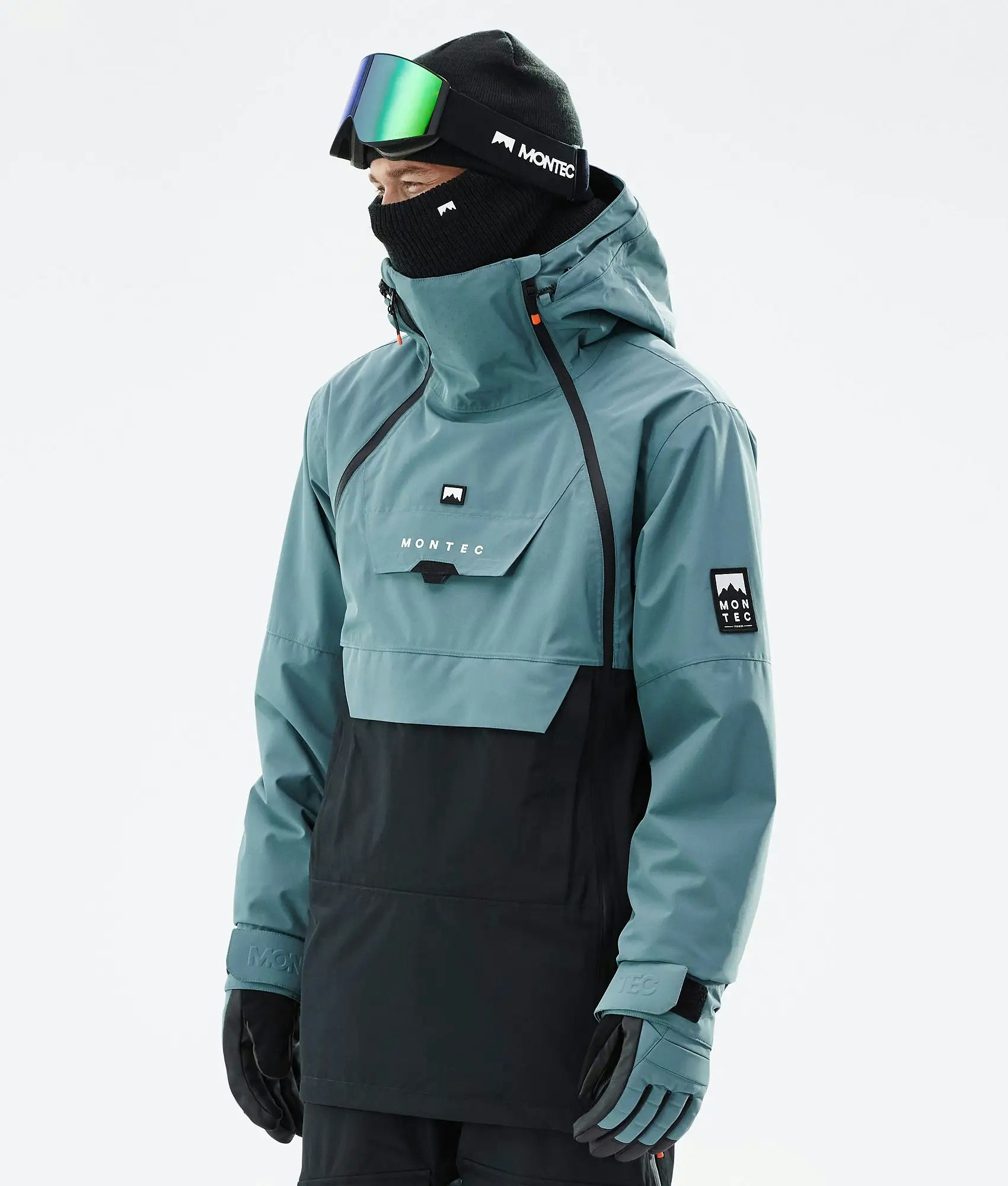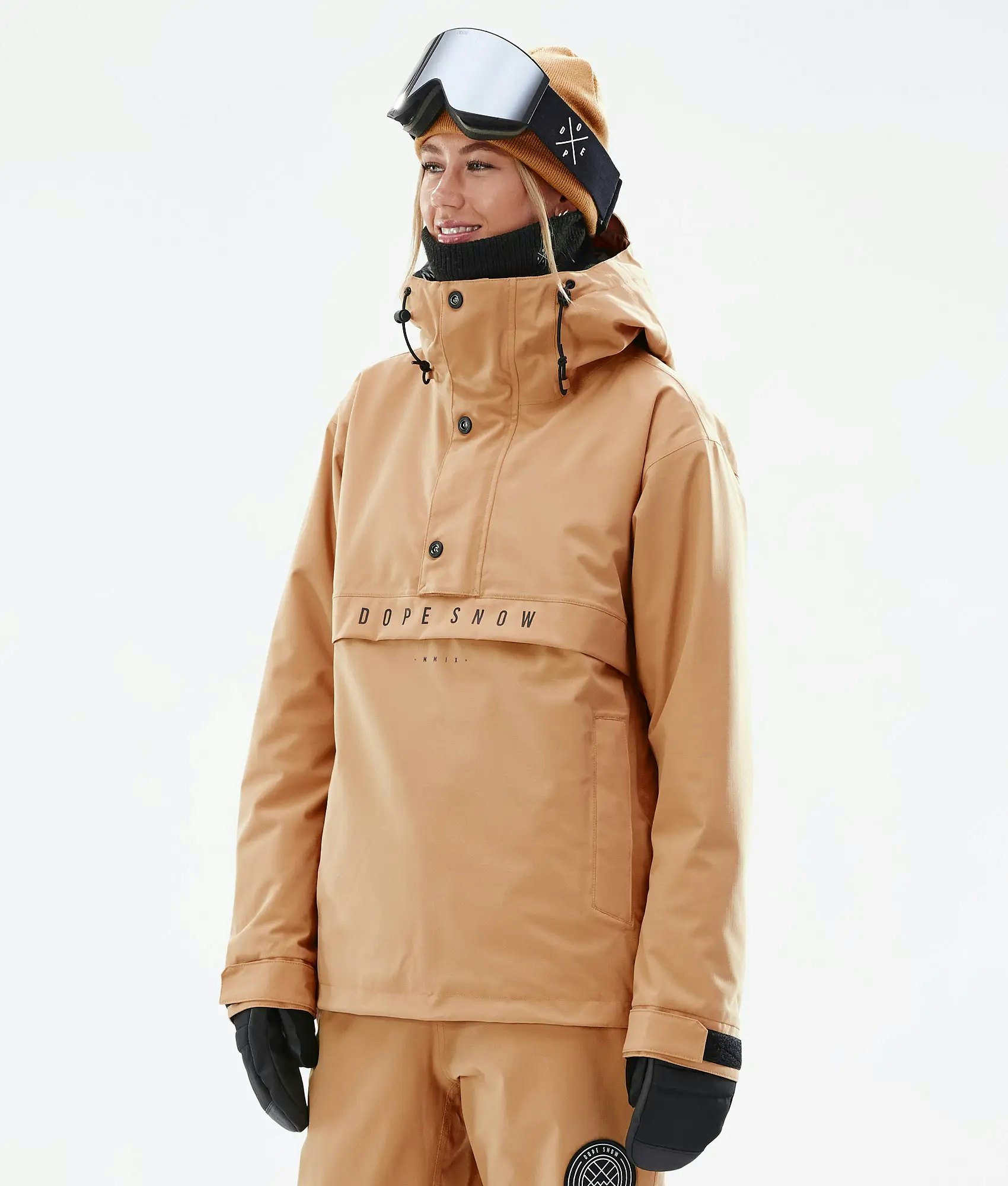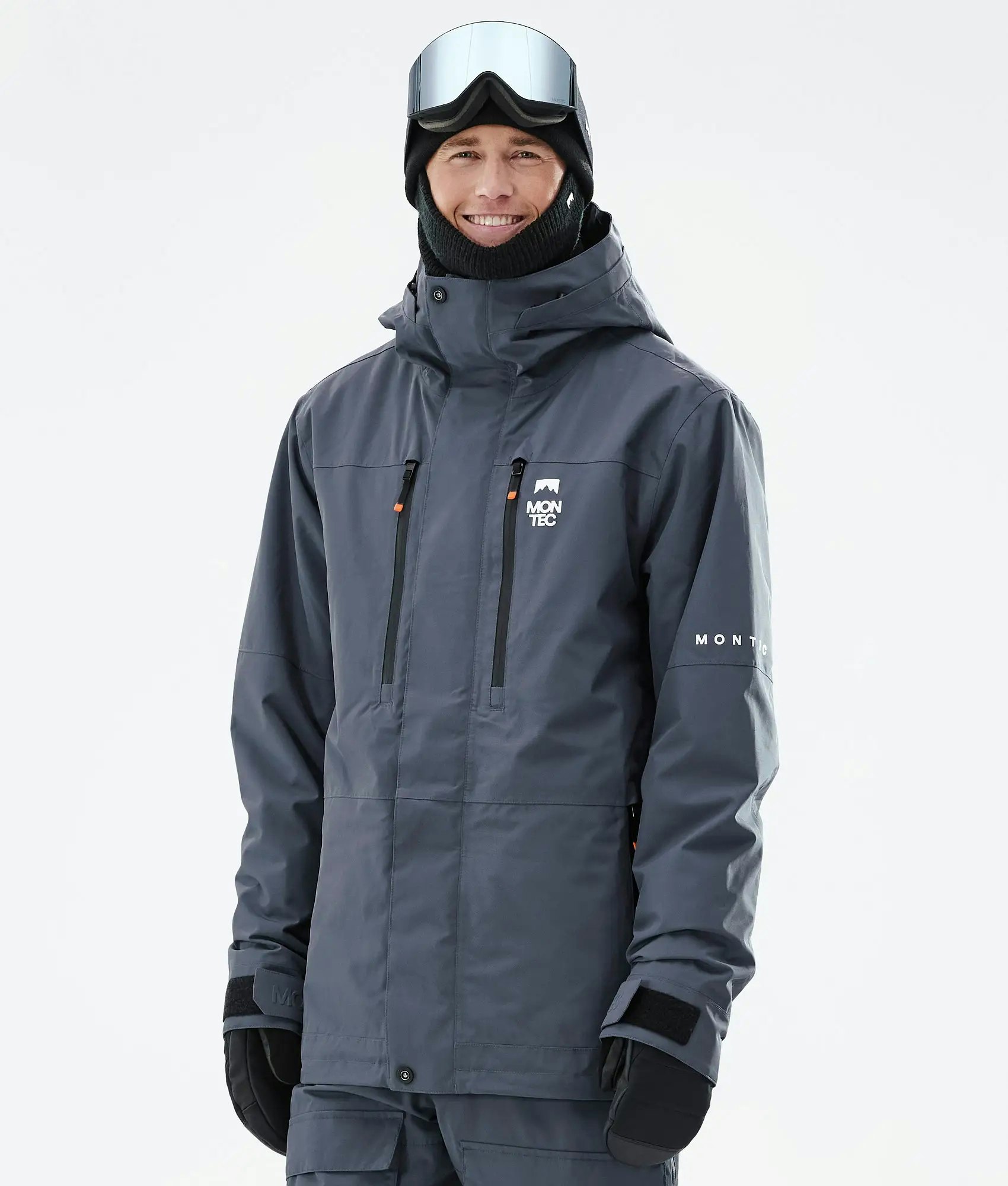What to wear under ski pants
If you're wondering how to layer up your bottom half, you're not alone. It's tough to reckon with layer upon layer, so we've put together a guide for getting that balance right, no matter the season.

Most ski pants are usually made from a three-layered design. The outer shell consists of a durable and waterproof fabric layer with a bonded waterproof membrane, then there’s the insulation layer (optional), and then there’s the liner. The liner is often made from a polyester or nylon fabric designed to be smooth and to protect the waterproof membrane or insulation from excess wear. However, it’s not designed to wick moisture from the skin, so if you wear it without anything underneath, it’ll usually get pretty clammy pretty quick.
The term ‘layering system’ gets thrown around a lot, and what it means is a system of layers that effectively manage heat and moisture. Wearing something under your ski pants provides the perfect barrier between skin and the snow pants. It will keep you drier, more comfortable, and most importantly, riding all day long. So if you’re ready to learn about layering, and how to get the most out of your ski pants, read on!
What to wear under your ski pants - quick find navigation
Elevate your mountain gear with our latest collection
Ready to up your game for the upcoming season? Explore Ridestore's newest range, packed with a myriad of winter essentials, bracing you for your mountainous pursuits. Whether your heart leans towards the expansive freedom of our men's ski bibs or the steadfast durability of our ladies ski trousers, our updated line promises to cater to your demands. Step into the chilly outdoors with confidence and witness the fusion of style and functionality in every piece.
Base layer basics
When it comes to layering, and specifically layering up your ski pants for a day on the slopes, there are a couple of variables to consider.
First and foremost, the question of both preference and personal experience come into play. If you’re the sort of person who generally stays pretty warm in cold weather, or you prefer to be light on your feet with a pair of pants that don’t have insulation, or whether you like to be toasty and warm all day with lots of cosy insulation.
Secondly, the way you ride can play a part. But we’ll get to that.
Fundamentally, the set-up is the same. And that is that you’re going to want to wear a base layer underneath your pants. Your main decision comes with choosing the fabric, the weight, and the combination of your pants. So let’s look at the difference that fabric is going to make and what each has in terms of properties.
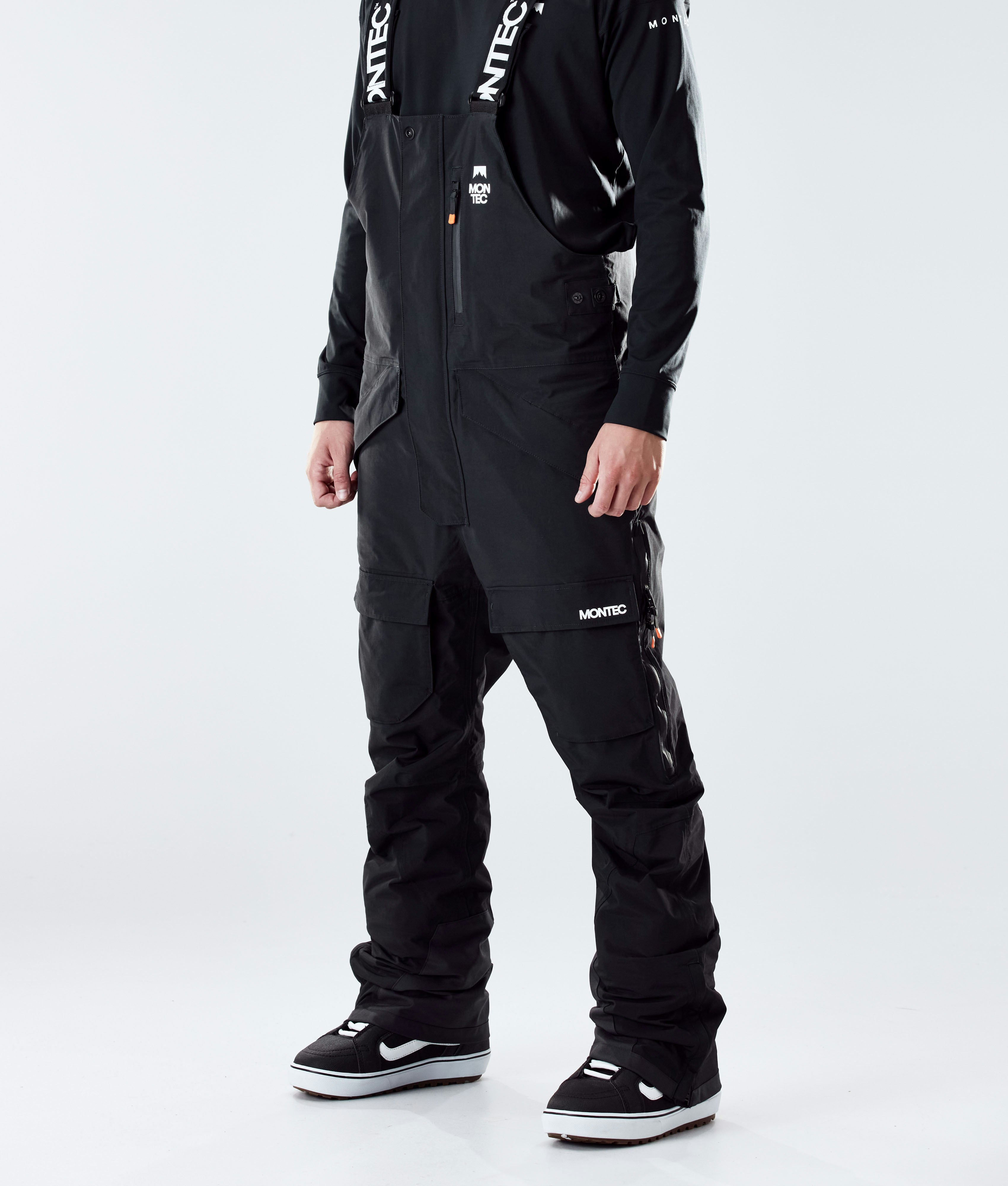
Fabrics
The two main fabrics you’ll come across in the baselayer market for men’s ski thermals / women’s ski thermals are polyester and merino wool. Each have their good points, so let’s talk about each in turn.
Polyester
Polyester fabrics can be blended with things like elastane or spandex to give them some extra stretch, and can be manipulated so that the fabrics are highly breathable, quick-drying, and moisture wicking.
What this means is that if you run hot, and you’re producing a lot of moisture, you might be inclined to choose polyester as it will keep you comfortable all day. Polyester can also be produced with a brushed inner or with a super-soft handfeel, so can be ideal for those with sensitive skin, too, or who want just a comfier wearing experience!
Polyester also tends to be a bit cooler than merino, so for those engaging in more strenuous activities like hiking the backcountry or laying down lines in the park, polyester can be a solid choice. If you’ve got insulated pants, too, they may feel a little less breathable, so having a quicker-drying base layer may be a great choice if you don’t get cold too easily.
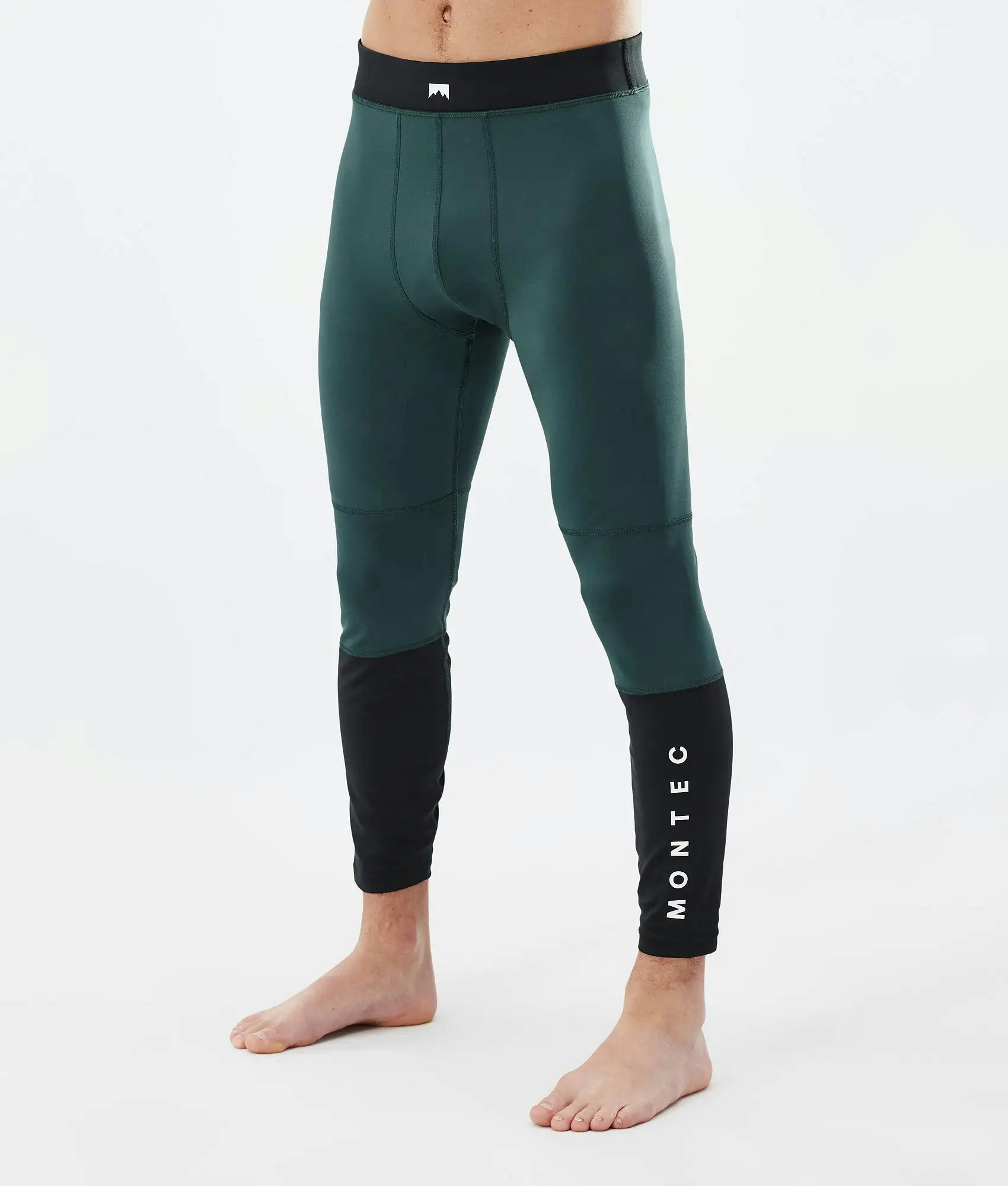
Merino
Merino is a type of wool that’s highly popular for base layers because of it’s desirable natural properties, the foremost of which are the high comfort and warmth. It’s also surprisingly moisture-wicking considering that it’s wool, a material that traditionally absorbs moisture. You’ll find that Merino is specifically used because it has these traits, and as such, is favoured by some of the higher-end brands.
For any cold-weather riders or those who really need to focus on regulating heat, Merino is a great choice. Perfect to pair with non-insulated pants for that extra bit of heat retention, or to pair with insulated pants if you’re skiing in colder climates, Merino should be the go-to for anyone that gets cold easy.
In terms of performance, Merino doesn’t really lack, but you will find that it’s not quite as quick-drying or wicking as polyester, so for those harder days, it may get a little clammy.
Types, form & fit
Another question you’ll face when selecting your preferable baselayer is whether you want to go for an actual ‘base layer’ or whether you’d prefer to go down the long underwear route, or even down the leggings route.
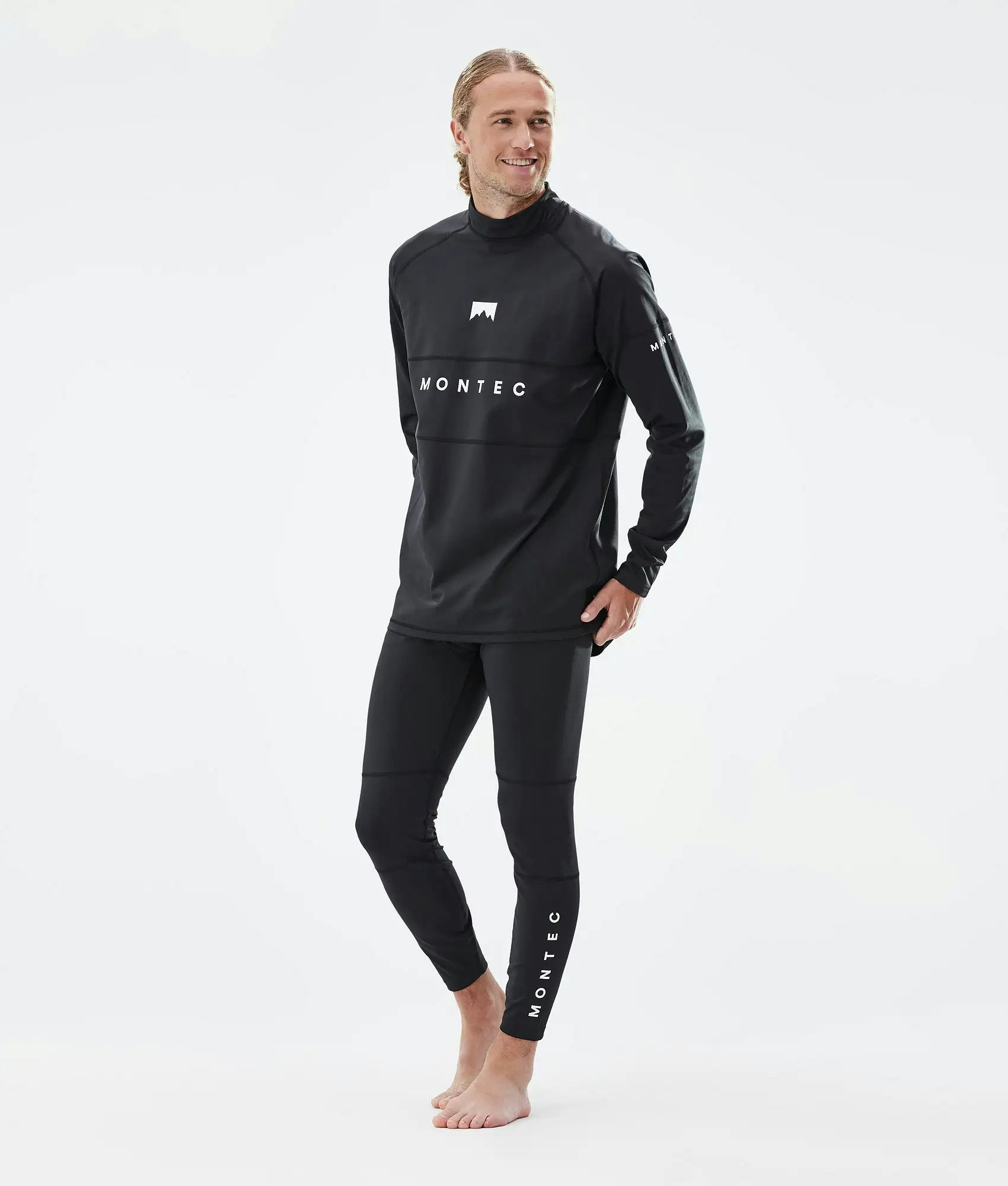
The classic base layer
Now base layers themselves aren’t a far cry from either of these, but generally base layers are worn over underwear and under ski pants. In this case you can often find ones which are both form-fitting and looser. Polyester base layers tend to be closer-fitting as the tight fit often helps to eliminate chafing, and provide better moisture wicking.
Merino base layers are usually a little looser and aim more to trap heat by using layers of air (between the base layer and your skin, and the base layer and your pants). This will prevent heat from traversing so easily.
But which is best? Well, that comes down what you prefer. The form-fitting and usually stretchy polyester base layer will be less noticeable when being worn. It won’t rub, bunch, or restrict, but you’ll have something clinging to your skin all day.
Looser base layers may be more noticeable, but will give your skin a little more room. So that’s a choice that’s down to you!
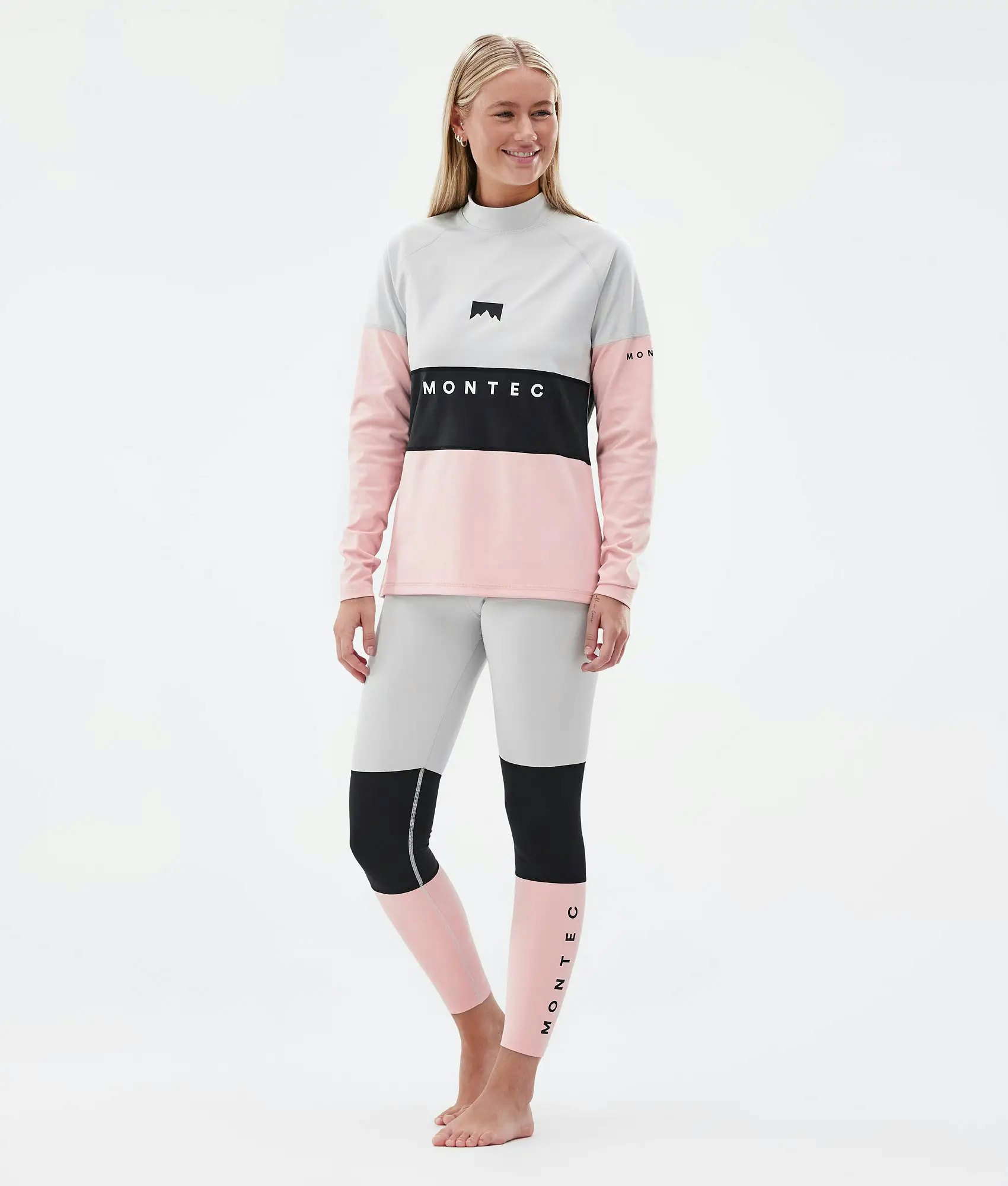
The long john
When it comes to long underwear, you’re choosing an item that does the job of both the work of your underwear (namely support and comfort) and of a base layer (locking in warmth). These are usually just boxer-shorts or underwear with long legs and can often be called long-johns.
These are a good choice if you like the idea of polyester base layers, don’t really get too cold, and just want to slim down your layering. They don’t tend to be quite as technical though, so you may have to sacrifice a little of the performance of the dedicated baselayer. A lot of the time they don’t come in merino, either, so if you were hoping for woolly underpants, we’re sorry to disappoint.
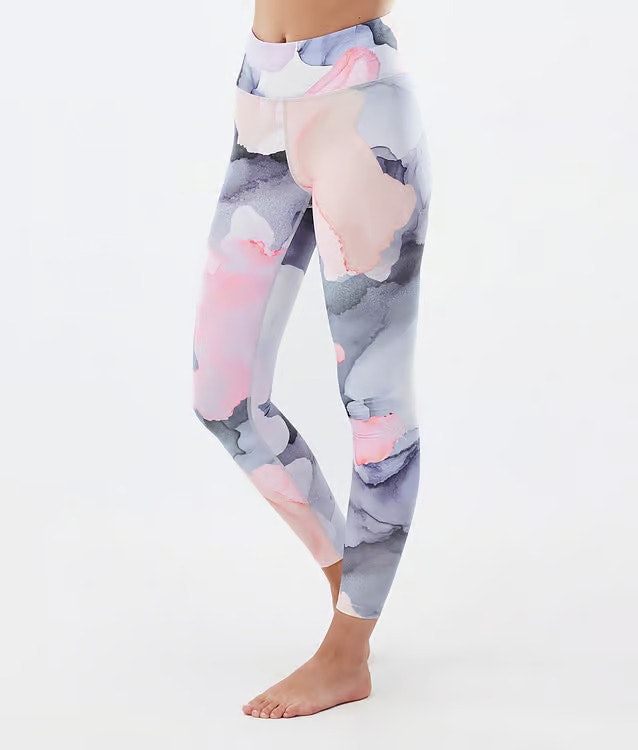
Leggings
But what about leggings? Many leggings, especially made by winter sports-wear companies, are able to double as base layers, and often do so very well. Their usually shorter-cut hems work well with ski socks, and their offset flatlock seams to eliminate chafing in the gym usually translate really well to laying down lines on the mountain. And with construction built to wick all the sweat away that an intense spin-class can hurl at them, they’re bound to cope with some winter clamminess.
However, the main downside is bulk. Focusing on being an ‘outer’ layer for their day-job, gym leggings can sometimes feel a little bulky in comparison to the lighter weight baselayer. But, if you’re looking for something warmer than the standard polyester baselayer, then your leggings will be a good stand-in.
FAQs
What material should I consider for my base layers?
The two most common materials for base layers are polyester and merino wool. Polyester is excellent for moisture wicking and quick-drying, while merino wool provides superior warmth and comfort.
Is there an advantage to using leggings as base layers?
Leggings can double as base layers. They generally have shorter hems that work well with ski socks and are designed to eliminate chafing. The primary drawback might be the added bulk compared to traditional base layers.
The verdict
You should definitely wear base layers. That much we know. Ski pants aren’t designed to be worn directly on skin (for the most part), and will just get damp and cold.
Base layers will help to regulate heat, wick moisture, and keep you comfy while you’re riding.
Polyester is usually best for anyone who has no problem staying warm, who wants to up their activity levels with some park riding or backcountry, or for anyone who produces a lot of sweat, as they won’t hold onto moisture easily.
Merino is better suited to those who want a looser pair of baselayers, who like to feel all cosy and warm, or who just prefer the touch of natural fibres on their skin.
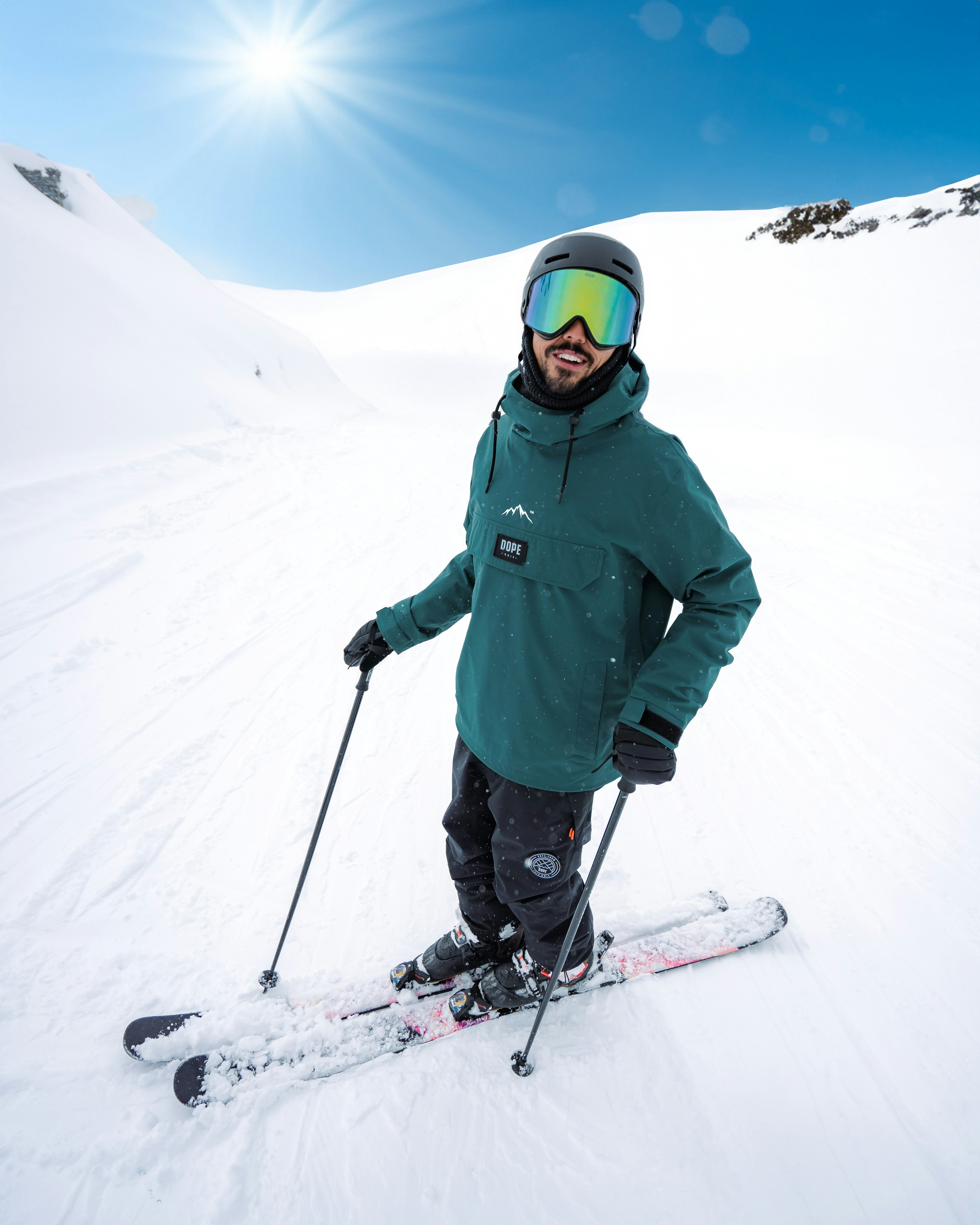
At the end of the day, the simple truth of the matter is that going for a good base layer made by a reputable brand is always a solid choice. There are lots of giants of the industry producing excellent base layers, and whether you go for synthetic or natural, you’ll no doubt feel well looked after. But either way, we hope this article sheds some light on your choices, and if you were on the fence, helps you to make them. Happy riding!
Related Reading:

